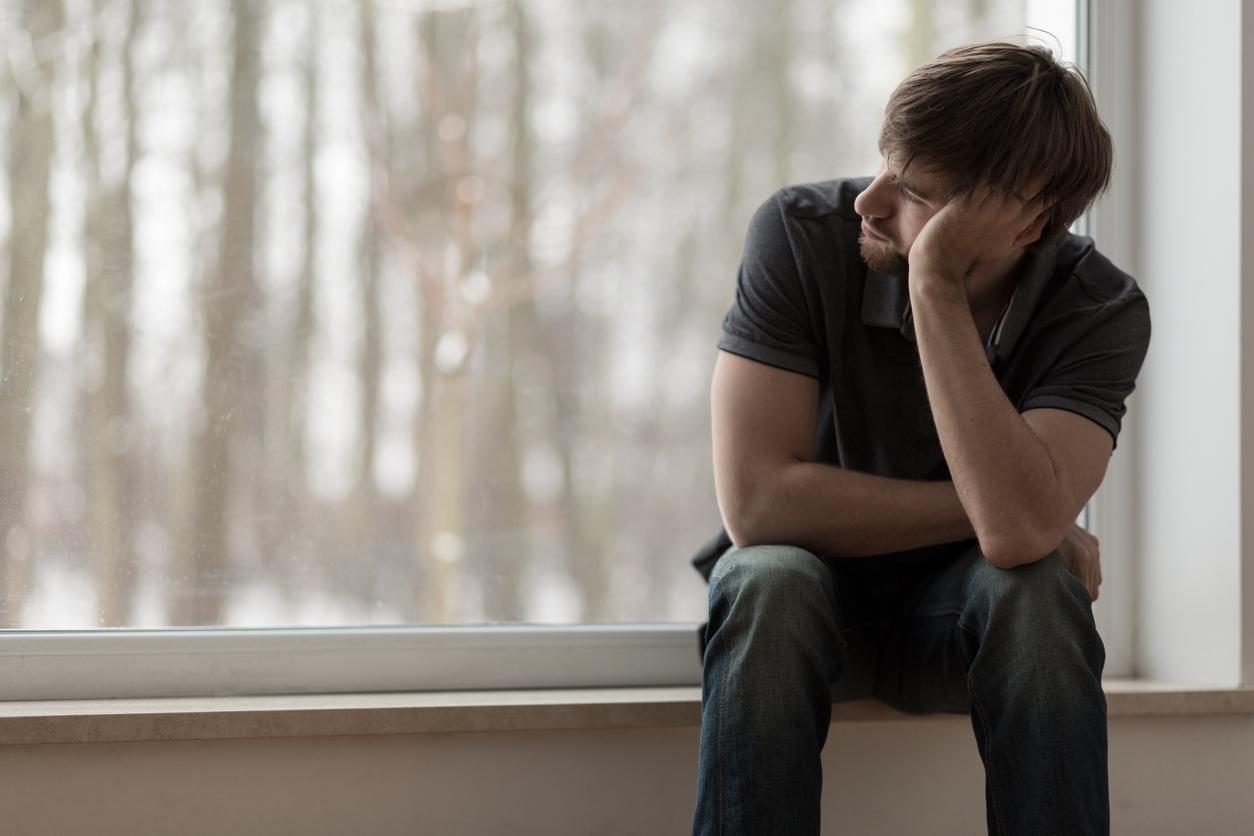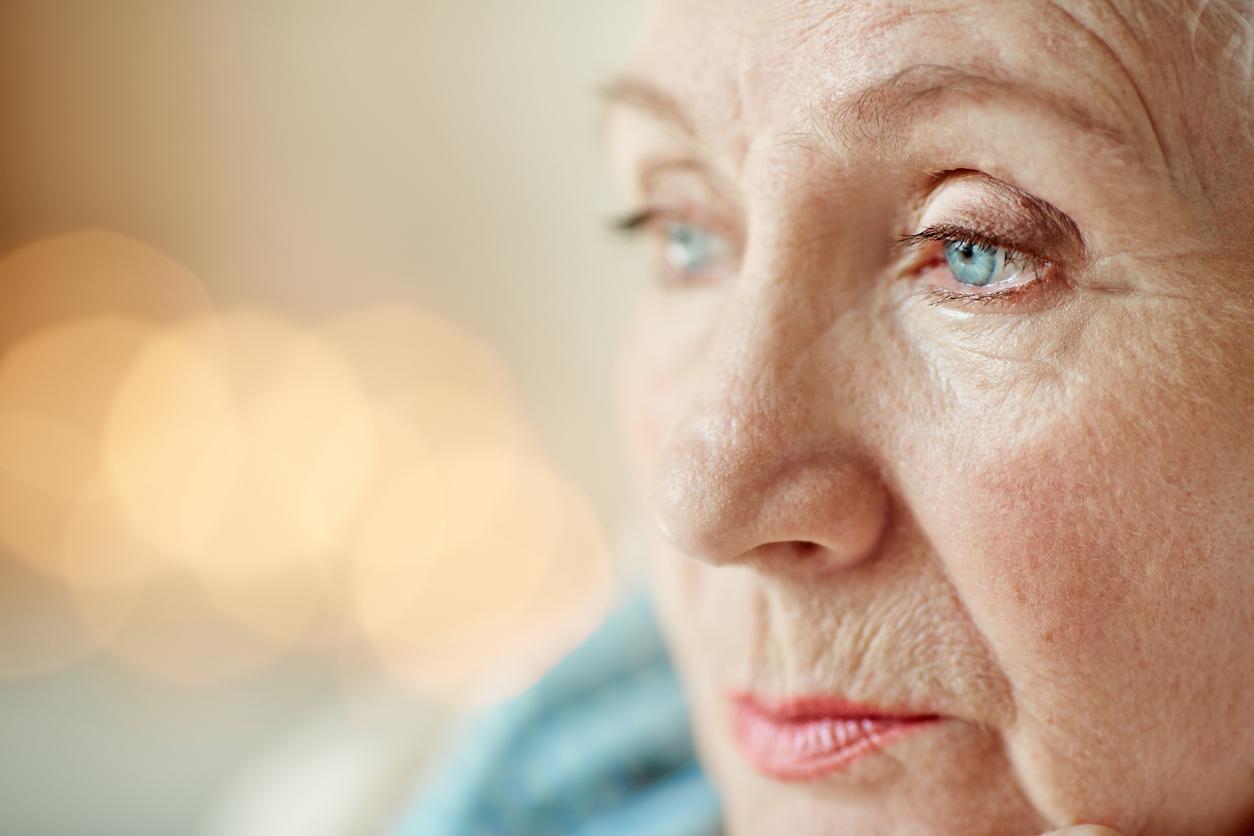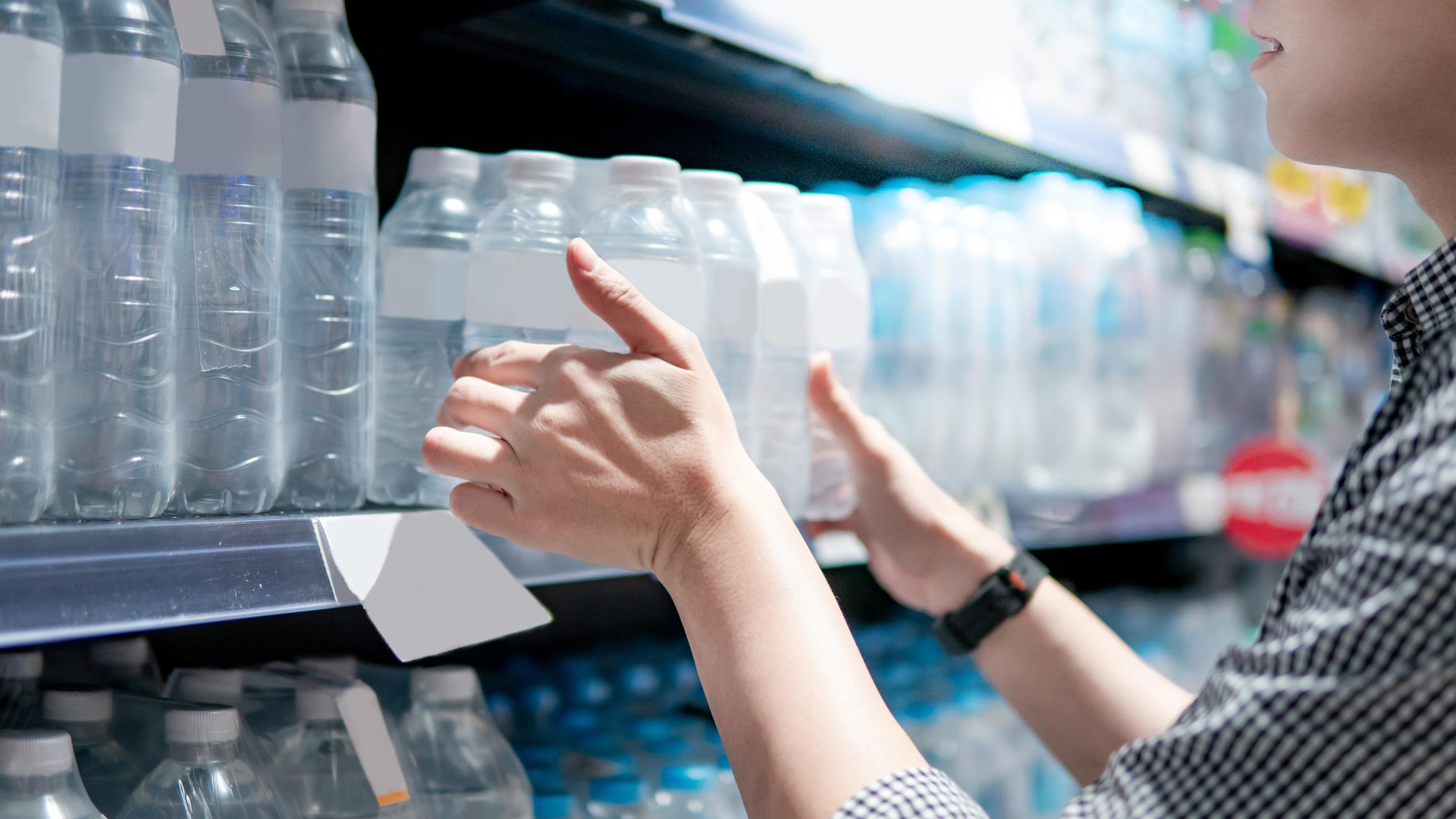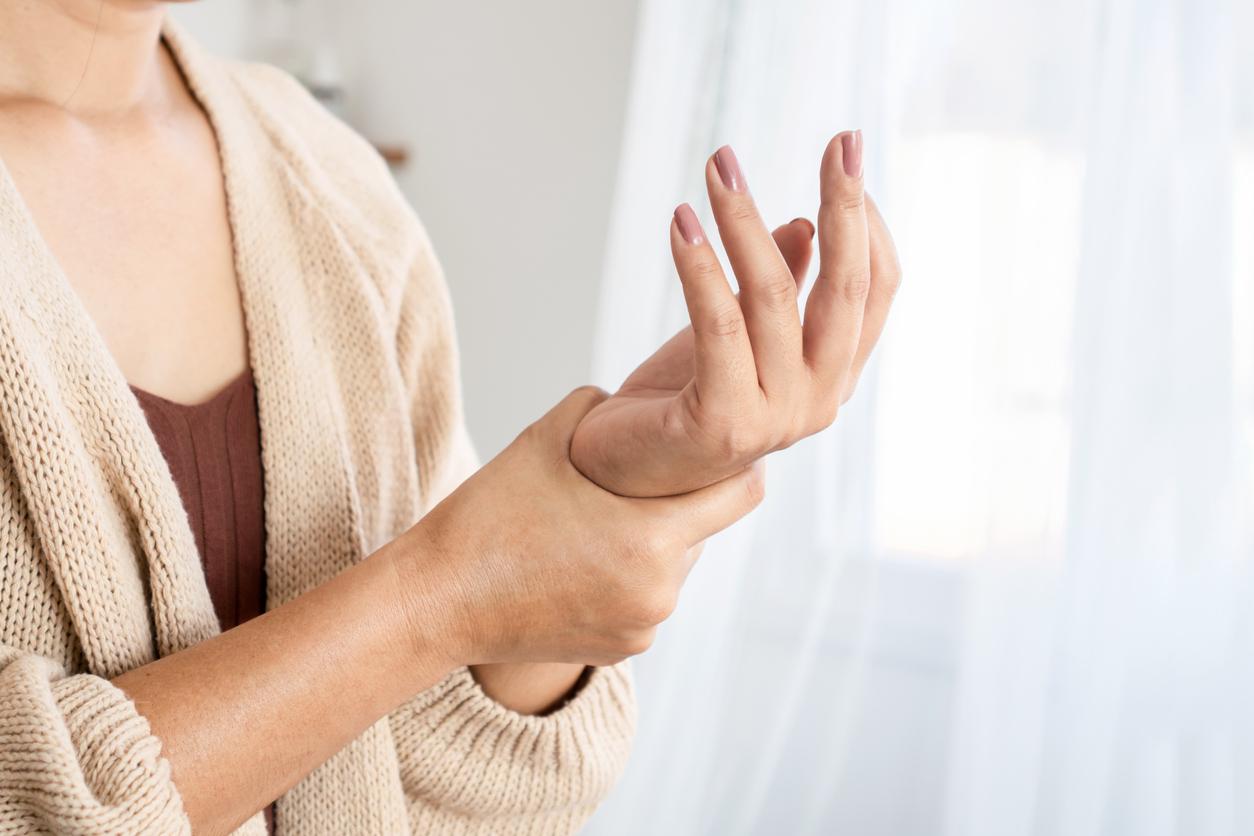
In 2019, the Respire association had already sounded the alarm bell implicating air pollution up to 10% inside the metro compared to outside. Two years later, the association returns to the subject questioning the figures of the RATP which it judges ” deceptive “.
Air pollution in the metro is 10 times higher than on the surface
In September 2019, the Respire association had already demonstrated the worrying situation of air pollution inside the metro. Targeted ? Ultrafine particles which “ penetrate deeper inside the human body “. She denounced, among other things, that air pollution in metro stations reached a level up to 10 times higher than on the surface. While 4 million users and tens of thousands of employees use the Paris metro speakers on a daily basis, the association reiterates its alert by publishing a new study on the subject.
Sponsored by the association and the Autonomous Syndicate of RATP, the study was carried out by Jean-Baptiste Renard, research director at LPC2E-CNRS in Orléans. He developed a high-precision tool, called LOAC, to measure the pollution of ten metro stations between September 24 and December 2, 2020.
The Respire association denounces the misleading figures of the RATP
While the RATP claims to monitor the subject using a device called SQUALES, this new study has shown that the RATP data is misleading. Indeed, the values do not correspond to the actual pollution in the stations, with differences reaching a factor of 10. Also, the study revealed that the RATP sensors are clogged and poorly maintained, resulting in overestimated values and inconsistent with reality.
In addition, the association indicates that “ the diversity of the situations is such that the 2 or 3 sensors of the RATP, even if they were functioning correctly, could in no case give a true picture of the situation on the whole network “. Finally, the study revealed that the RER stations seem particularly more polluted than those of the subways. According to specialists, the hypothesis may be linked to the braking of heavier RER trains, which generates more particles when entering the station.
The association’s complaints to RATP
” Our study shows that the RATP does not make the necessary efforts to seriously assess the air quality inside the enclosures, while the levels measured reach worrying thresholds. Measuring the severity of the problem is the first step in being able to resolve it. RATP does not take the necessary measures to protect its employees and users »Concludes Olivier Blond, director of Respire. So many reasons that push the association to appeal to the RATP, ” quickly set up a serious air pollution measurement system […]. We also ask the company to put in place a correct information and transparency system. “.

















